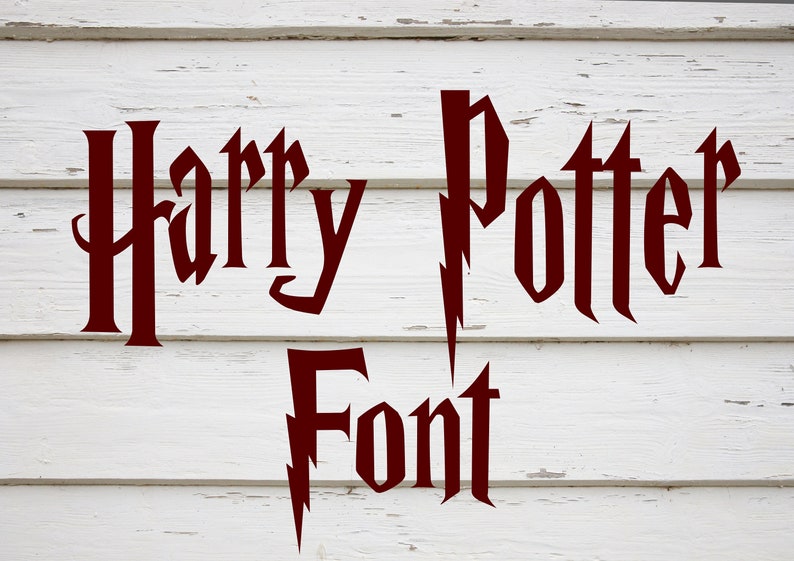

See the Pen CSS Animation:Marauder’s Map by Olivia Ng Single div Harry Potter character icons by Alvaro Montoro And this being such a magical place, you can even use your device’s microphone to open the map. More than just static text and images, this Marauder’s Map also tracks the movements of Harry and Professor Snape. The term “living document” has an entirely different meaning in the wizarding world. So, ready your wands and prepare for a journey into Hogwarts!ĬSS Animation:Marauder’s Map by Olivia Ng Today, we’ll show you 8 of the most spell-binding code snippets. Everything from character art to complex animations is being showcased. Some are all-too-happy to pay homage to their favorite characters and scenes with a touch of CSS and JavaScript magic.

Therefore, it’s no wonder that this wizarding world has captured the imaginations of web developers as well. Not to mention a massive line of collectibles and amusement attractions.

The ensuing movies grossed billions of dollars. The books have been translated into dozens of languages. What started as a series of novels quickly turned into a global phenomenon. This can cause text to wrap when you don't want it to or table cells to expand beyond what you had intended.Few pop culture icons can match the sheer reach of Harry Potter. Unfortunately, there is a downside to using relatively defined font sizes, which is that you have less control over design. While "zooming" will increase the size of all elements (font included) on the page, changing the default browser font size won't have any effect on fonts whose sizes in CSS are specified using absolute, rather than relative, units. In most browsers, a user can change both the "zoom" of the page and, separately, the default font size. This is because absolute font sizes can make pages inaccessible to people who have difficulty seeing. Most experts agree that font size should be defined in relative units (e.g., em, rem, %, etc.) or in terms (e.g., large, small, etc.). The above code will output the following: The terms "smaller" and "larger" change the font size of an element relative to its parent element's font size.

The sizes xx-small to xx-large work similarly to font sizes 1 through 7 in HTML, though they don't match up exactly. In addition, font size can be defined using the following relative terms:.CSS allows us to specify exactly how big or small we want text to appear using font-size.To specify a font-family of Arial, for example, you use: p This way, if neither Arial nor Helvetica is found, the browser at least knows to use some sans-serif font.įont-family: 'Courier New', Courier, monospace You can specify by font name (such as Arial, Helvetica, etc.) or font category (such as cursive, fantasy, monospace, etc.). The font-family property is used in CSS to specify the font name to apply to an element.


 0 kommentar(er)
0 kommentar(er)
